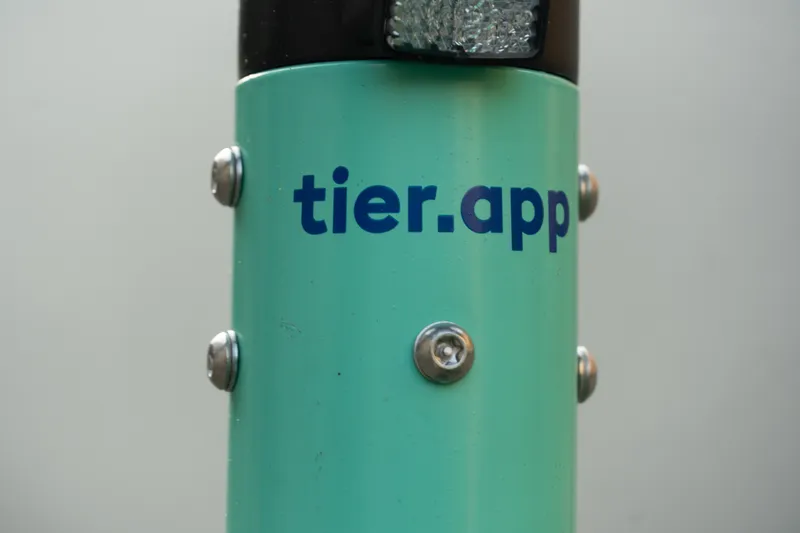Nearly 20 per cent of the US population has some form of disability. Of that number, 40 per cent are in the workforce today. If you have ever wondered how ITS can help members of the disabled community, be part of ITS America’s Special Interest Section 24 – Innovative Technology Solutions for Accessible Transportation.
The session will feature the work of the Accessible Transportation Technology Research Initiative, a US Department of Transportation joint research and development initiative co-led by Federal Highway Administration (FHWA) and Federal Transit Administration (FTA) with support from ITS Joint Program Office (ITS JPO) and other Federal agencies.
ATTRI research focuses on the needs of three stakeholder groups: people with disabilities, veterans with disabilities, and older adults. The research will also develop technological solutions to lower or remove barriers to transportation according to four functional disabilities: visual, hearing, cognitive and mobility.
ATTRI solutions will leverage advances in vehicle and infrastructure-based technologies, automation, robotics, and wireless communication. USDOT research in the program areas of Vehicle Automation, Vehicle-to-Vehicle (V2V), Vehicle-to-Infrastructure (V2I), Vehicle-to-Pedestrian (V2P), Veterans Transportation Community Living Initiative (VTCLI), and Mobility Services for All Americans (MSAA) along with emerging research and other technological innovations, such as assistive robots and crowdsourcing, could all be possible areas that would help produce seamless transportation capability for all citizens in general, and for travellers with disabilities in particular.
Five technology areas have emerged as potential ATTRI focus areas to improve transportation for people with disabilities: wayfinding and navigation solutions, ITS and assistive technologies, automation and robotics, data integration, and enhanced human service transportation.
For more information, and to register, visit: http://www.itsa.org/attriworkshop
ATTRI research showcased at ITS America annual meeting
Nearly 20 per cent of the US population has some form of disability. Of that number, 40 per cent are in the workforce today. If you have ever wondered how ITS can help members of the disabled community, be part of ITS America’s Special Interest Section 24 – Innovative Technology Solutions for Accessible Transportation.
May 15, 2015
Read time: 2 mins










